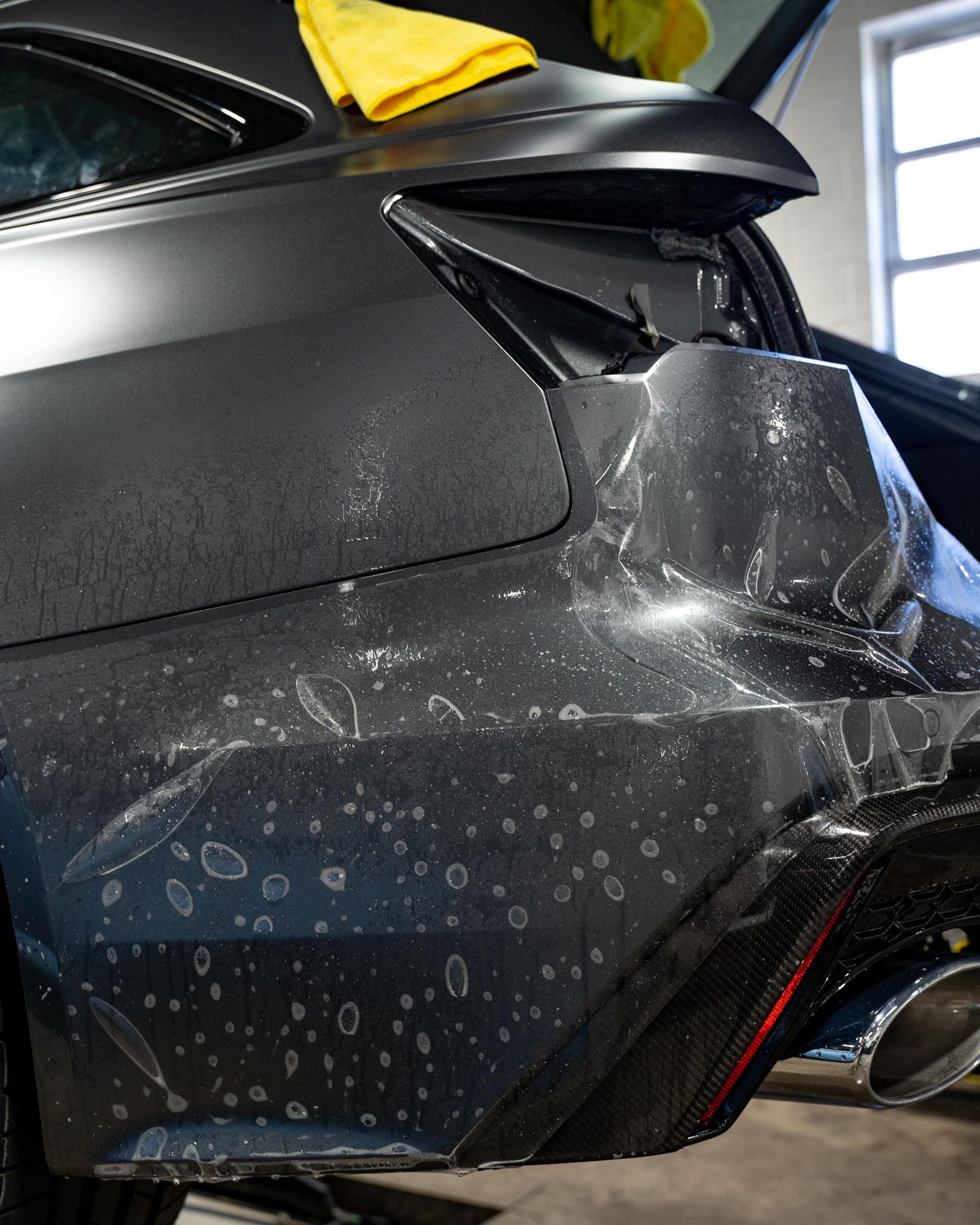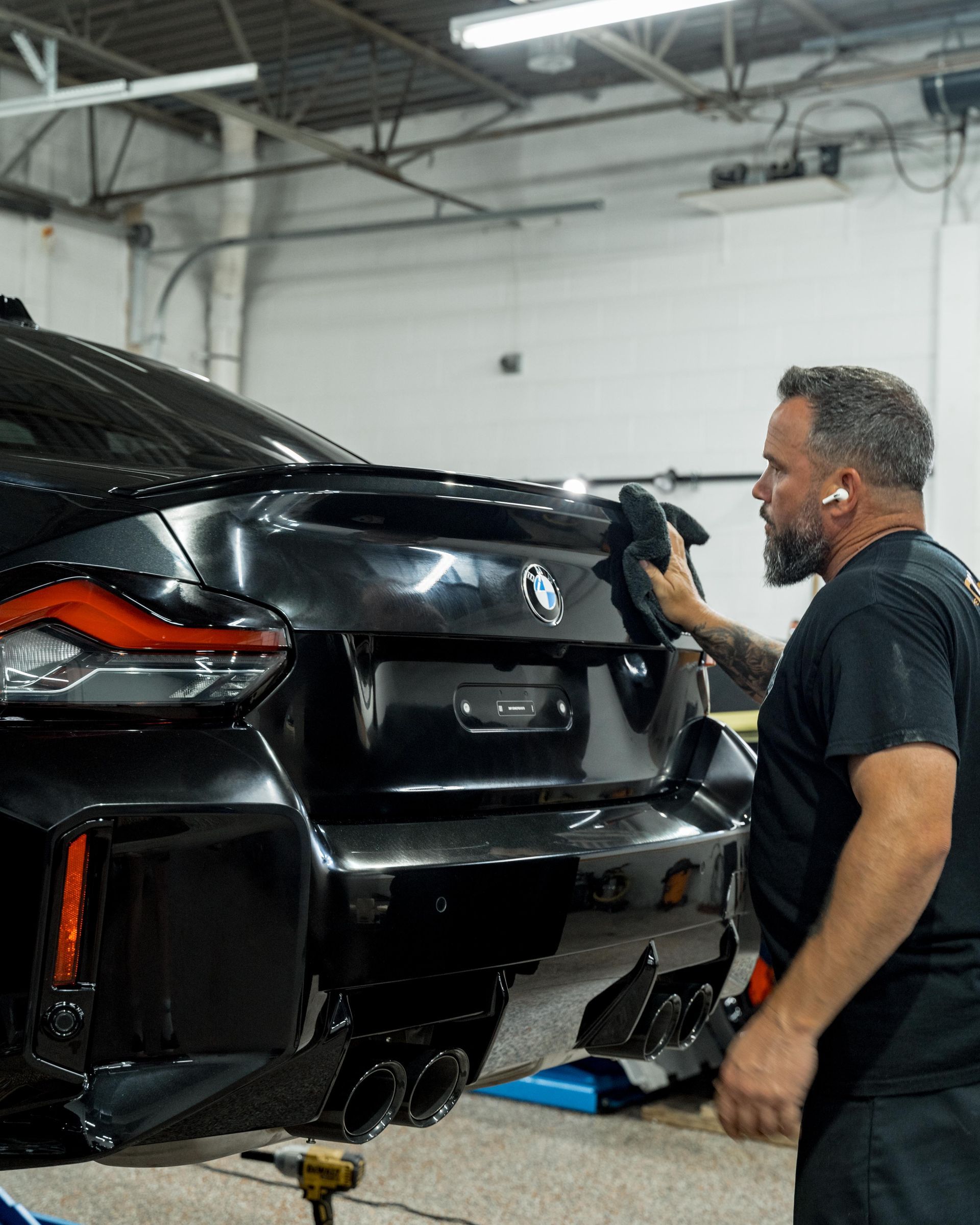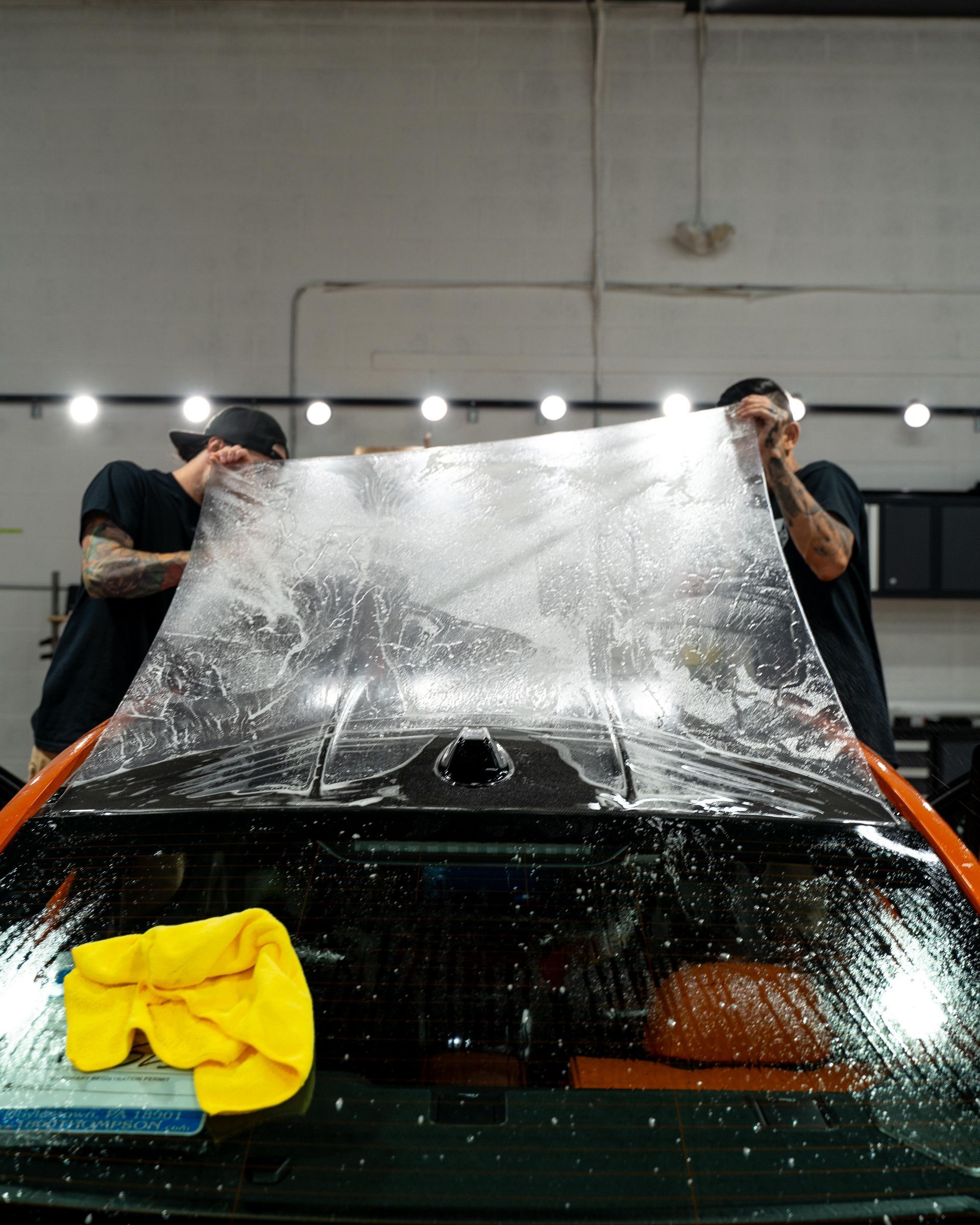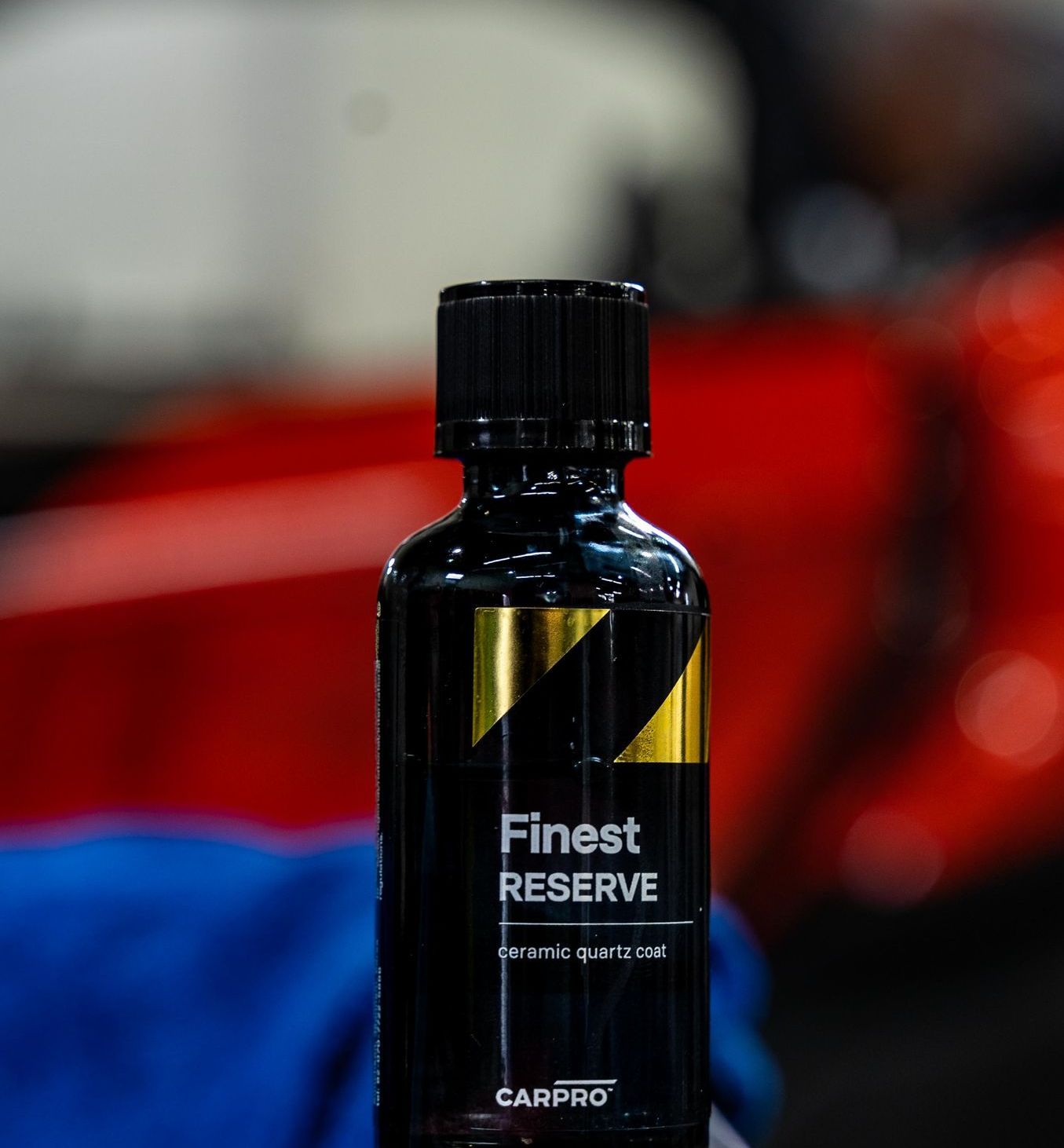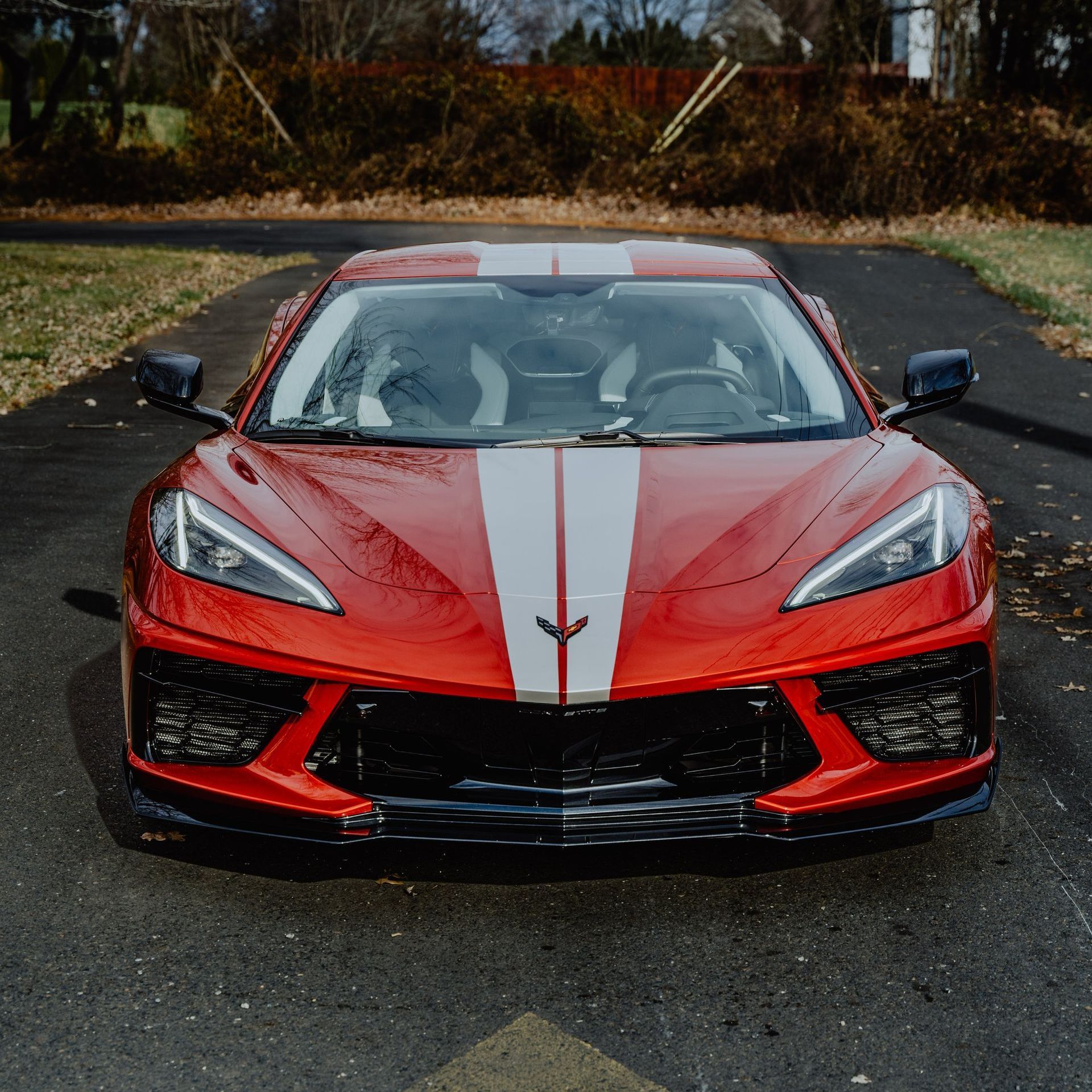What Exactly Is Paint Protection Film?
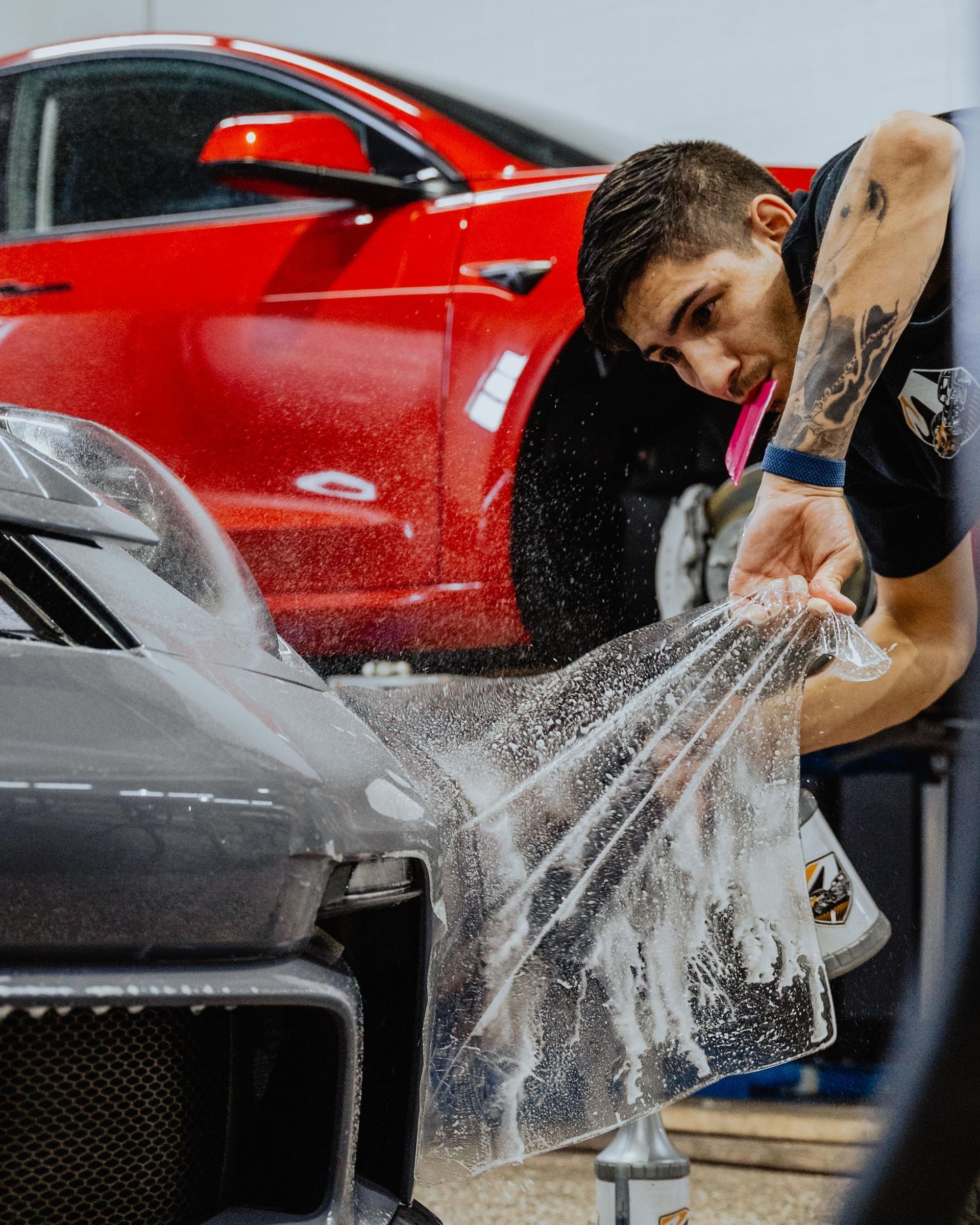
MPD team member Felipe applying PPF to the front bumper of a brand new Porsche 911. See more photos and videos of the process on our instagram and YouTube channels
Whether you’re an auto fanatic or full-fledged mechanic, there’s a good chance you’ve heard about a powerful little material called PPF—paint protection film.Also called “clear bra,” this stuff is known to offer a layer of protection against rocks, bugs, chips, and whatever else gets kicked up on the road of life.
But what exactly is paint protection film? What’s it made of, how does it work, and why is Menard Premium Detailing the best place around for PPF installation? Sit back, read on, and put your questioning mind at ease.
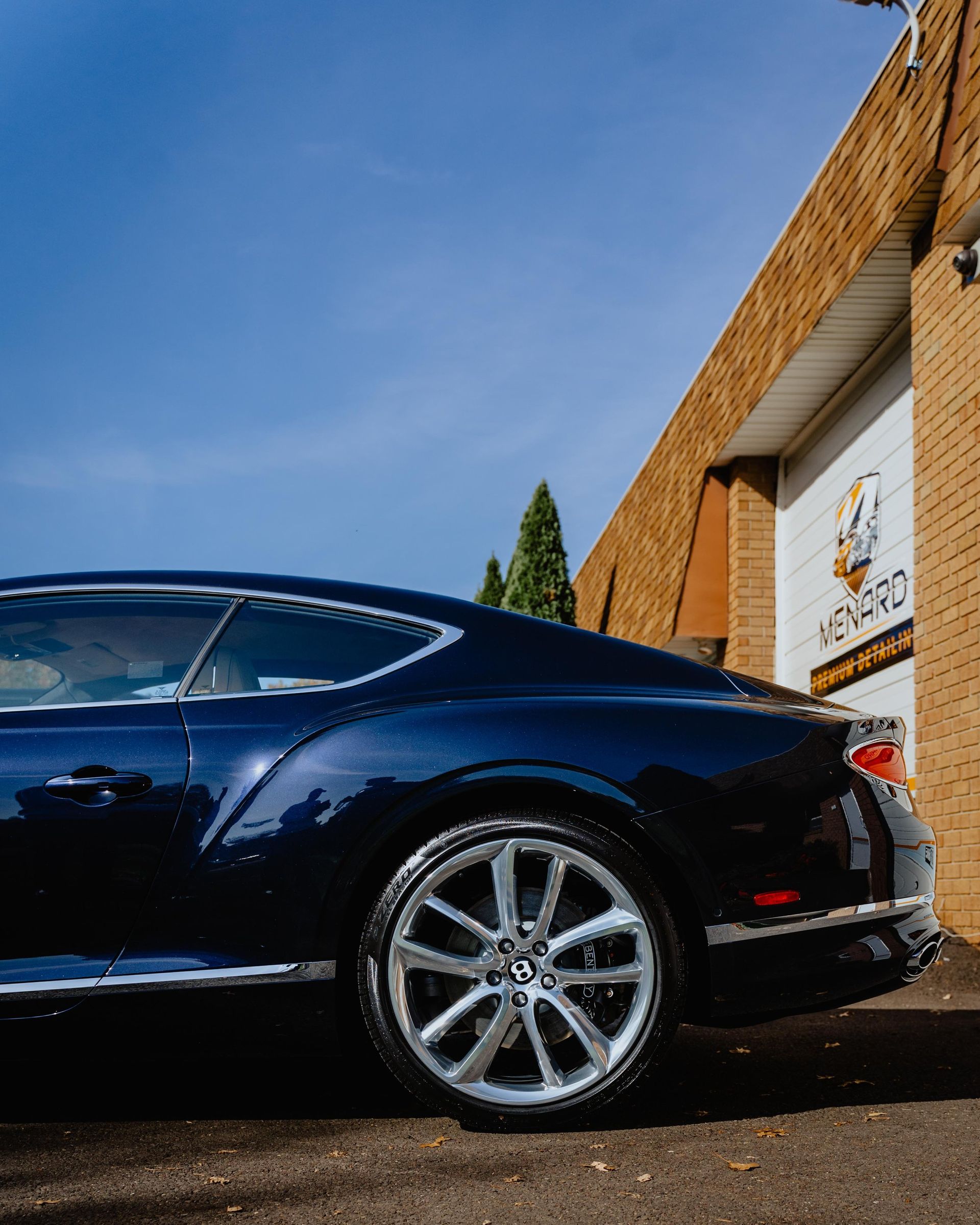
Battle-tested beginnings
It all started back in the Vietnam war. As it turns out, military helicopter blades could get pretty dinged up after repeated use. Between flying shrapnel and ceaseless enemy fire, Uncle Sam’s aircraft collection needed a lot of TLC to stay battle-ready.
And that’s where America’s midcentury chemistry geniuses came in. Hot off their success with non-stick pans and weather-wicking rainwear, the scientists at 3M got to work on a sure-fire solution to guard their country’s war machines. The result was a clear, lightweight, chemical film compound that offered some much-needed propeller protection.
The science behind the magic
PPF is a thermoplastic urethane—basically a futuristic combo of Nitrogen, Hydrogen, Oxygen and Carbon. It’s durable enough to withstand fast-flying stones and debris without any noticeable damage. And it’s perfectly translucent, so it doesn’t affect the luster of your vehicle’s paint. It’s even described as “self-healing,” with a built-in ability to redevelop bonds by itself over time.
In an alternate universe, this is the stuff that Tony Stark uses to keep his Ironman suit looking fresh.
From the lab to your ride
Just like VR headsets, GPS navigation, and duct tape, this impressive tech became a big hit on its way from the military to the consumer market. Folks all around the world install PPF on fenders, hoods, and other high-impact spots to protect the appearance, functionality, and long-term value of their beloved vehicles.
When it comes to auto paint protection in Warminster, PA, Menard has you covered. Our team of dedicated experts can deftly apply paint protection film on any car or truck, with no bubbles, blots, or blemishes. Reach out today for a custom quote —and let us know if you have any other questions!




